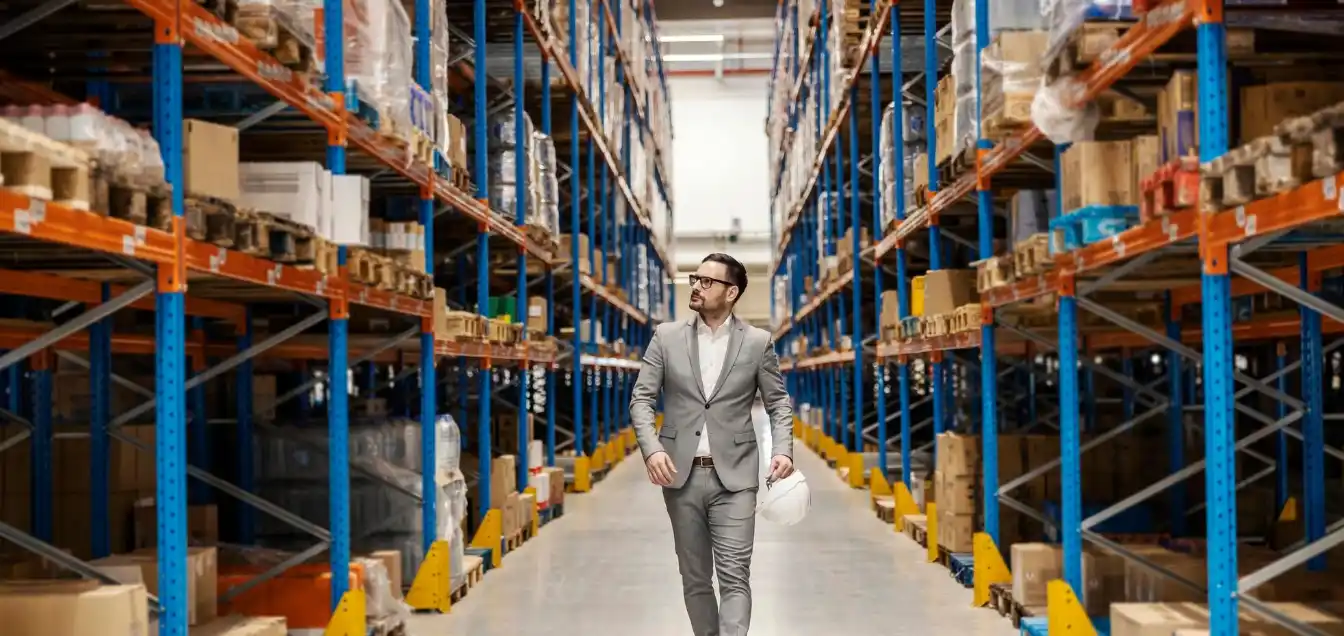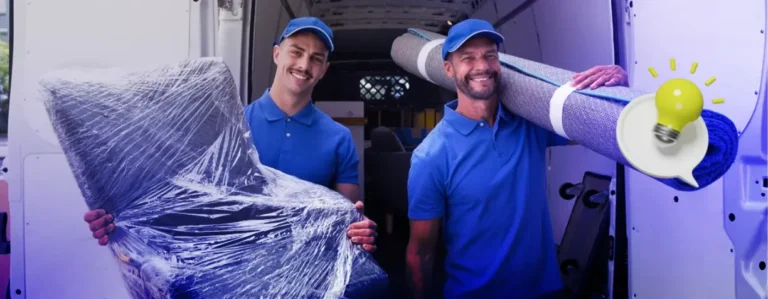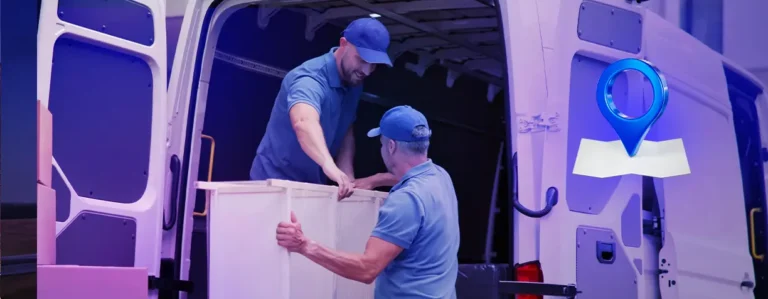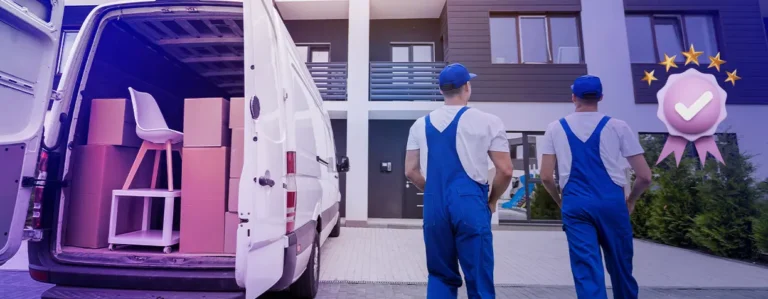In the rapidly evolving world of logistics, enhancing warehouse efficiency in 3PL has become a top priority for businesses seeking to optimize operations and meet customer demands. With the advent of robotics, warehouses are undergoing significant transformation, integrating advanced technology that boosts productivity and streamlines processes. This blog will explore how robotics are reshaping logistics, particularly in third-party logistics (3PL) settings, while also discussing the broader implications for the industry.
Additionally, we’ll examine the impact of robotics on various aspects of warehouse operations, including inventory management, order fulfillment, and the challenges associated with last mile delivery Canada, all while enhancing warehouse efficiency in 3PL.
The Impact of Robotics on Warehouse Productivity in 3PL
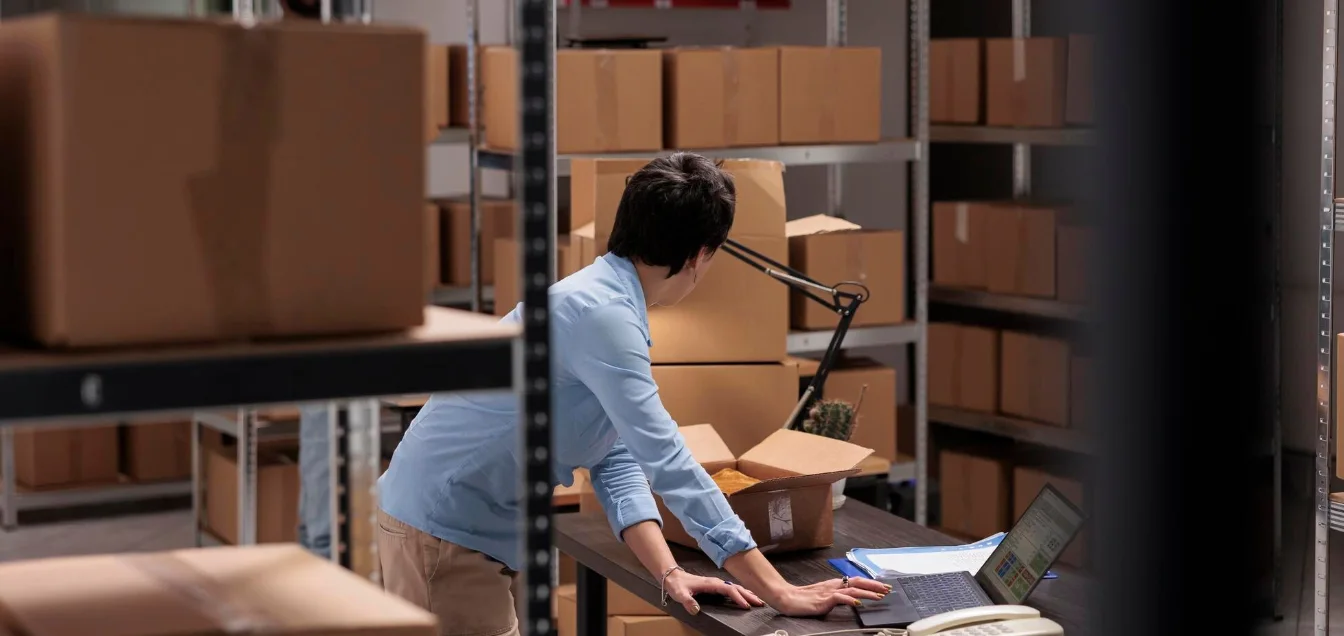
Robotics are revolutionizing the way warehouses function. The integration of robotic systems in logistics can dramatically enhance productivity while minimizing human error. According to a report from the McKinsey Global Institute, the adoption of robotics and automation in logistics could enhance productivity by 25% over the next decade. This increase is largely due to reduced labor costs and improved accuracy in inventory management, which is essential for enhancing warehouse efficiency in 3PL.
For instance, companies such as Amazon and DelGate have successfully integrated robotics into their fulfillment centers, demonstrating a significant decrease in order processing times and errors, thereby enhancing warehouse efficiency in 3PL. The use of autonomous mobile robots (AMRs) allows for real-time data collection and better navigation through warehouse aisles.
| Key Metrics | Before Robotics | After Robotics |
| Order Processing Time | 3 hours | 1 hour |
| Inventory Accuracy | 85% | 98% |
| Labor Costs | $100,000/month | $70,000/month |
Robotics not only supports improved productivity but also enables better inventory management. Companies can leverage robotics to handle tasks such as product sorting, picking, and packing more accurately than their human counterparts. This increased precision contributes directly to operational success, making it critical for enhancing warehouse efficiency in 3PL operations.
Improving 3PL Warehouse Performance Through Robotics
In 3PL environments, warehouse performance hinges on effective inventory management and order fulfillment. Innovations like robotic picking systems help to enhance the speed and accuracy of these processes. For example, companies in Canada like DelGate and 3PL Central leverage fulfillment technology that integrates robotics seamlessly with warehouse management systems (WMS).
The introduction of robots for picking and packing tasks has led to substantial improvements in operational metrics. For instance, warehouses that utilize robotic packing stations report up to a 50% reduction in pack time compared to traditional methods. This efficiency is vital in an age where customer expectations are higher than ever, making enhancing warehouse efficiency in 3PL a necessary focus for logistics providers.
Robotic solutions like robotic arms and collaborative robots (cobots) allow for optimized workflows, transforming manual tasks into automated processes and enhancing warehouse efficiency in 3PL. This shift not only improves productivity but also builds scalability into warehouse operations, allowing businesses to respond more rapidly to changing market demands.
Optimizing 3PL Warehouse Operations
The optimization of warehouse operations is crucial for any 3PL service provider. Robotics plays a vital role in this regard, allowing for efficient cross-docking in Canada and effective transloading services in Canada. By automating tasks such as sorting and consolidating shipments, companies can dramatically reduce handling times and improve customer satisfaction.
Furthermore, employing automated guided vehicles (AGVs) ensures that products are efficiently moved and sorted without the need for manual intervention. This leads to a consistent flow of goods, helping logistics companies manage their supply chains more effectively, particularly in the realm of 3PL Warehouse Services in Canada and 3PL fulfillment in Canada.
Robotics also contributes to the growing trend of green logistics, enhancing warehouse efficiency in 3PL. Automated solutions help optimize routes and reduce energy consumption in warehouses, aligning operations with sustainability goals. In Canada, companies are increasingly adopting eco-friendly practices in logistics, striving for a balance between efficiency and environmental responsibility.
Case Studies: Real-World Applications
- Amazon Robotics
Amazon has been a pioneer in utilizing robotics for warehouse operations. Their robotic system allows for efficient management of products in their massive fulfillment centers, leading to quicker delivery times and reduced operational costs. The Amazon Robotics program has enhanced their entire supply chain, reinforcing the importance of enhancing warehouse efficiency in 3PL. - DelGate
DelGate has positioned itself as a leader in logistics by integrating robotics into its warehouse operations. By utilizing automated picking systems, DelGate has improved its order fulfillment speed and accuracy, significantly reducing operational costs and delivery times. This commitment to technology not only enhances warehouse efficiency in 3PL but also elevates customer satisfaction, allowing DelGate to respond swiftly to market demands while maintaining high service standards. - Kuehne + Nagel
Kuehne + Nagel has initiated robotics solutions in their European warehouses. Their investment in fulfillment technology has led to automation in inventory management, providing state-of-the-art services that ensure reduced lead times and increased order accuracy.
Robotics in Last-Mile Delivery in Canada
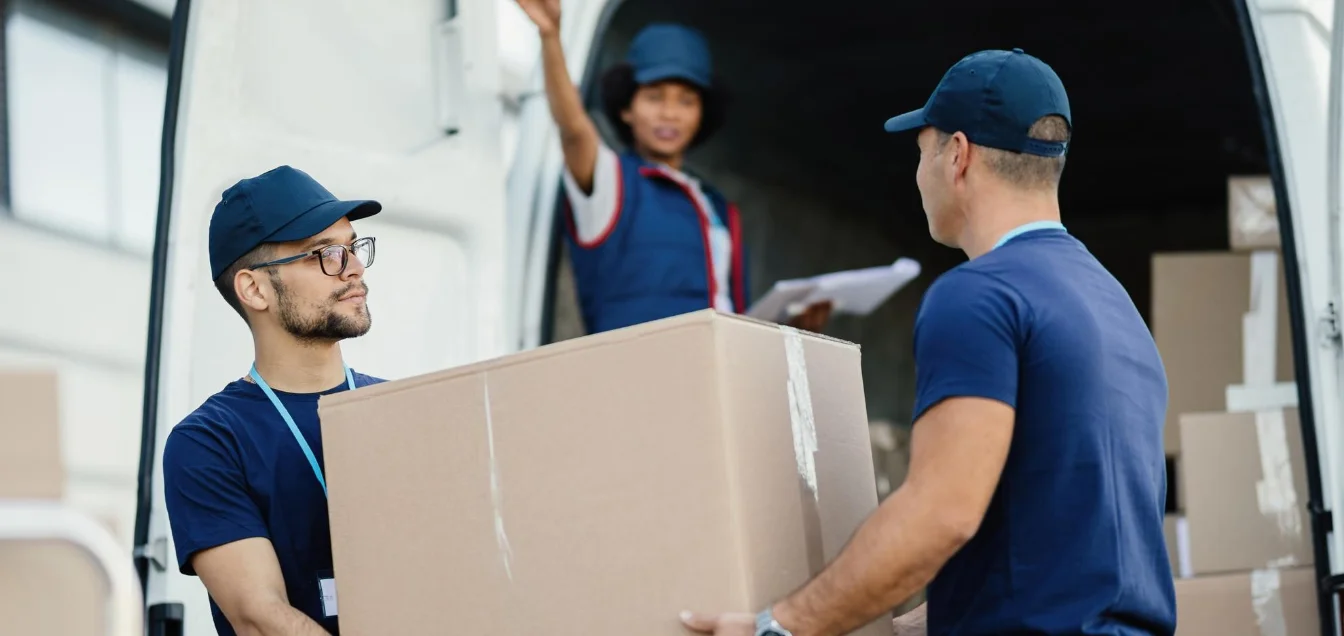
One of the challenges in 3PL logistics in Canada is optimizing last-mile delivery. Robotics can play a transformative role in this area as well. Innovative delivery drones and autonomous vehicles are beginning to emerge in the industry, enabling companies to fulfill orders faster and more efficiently. These advances complement specialized services like courier services in Canada that focus on rapid delivery options for businesses and individuals.
Incorporating green logistics practices, the use of electric delivery vehicles powered by advanced AI systems can significantly reduce carbon footprints, aligning with the growing demand for sustainable solutions in the Canadian fulfillment center services. As customer expectations evolve, these technological advancements offer a competitive edge to 3PL providers.
New offerings such as Innovative Furniture Courier services are now being made available, highlighting how robotics can streamline delivery processes for bulky and heavy items. Moreover, solutions like Nationwide Big and Bulky Product Delivery are increasingly becoming vital, backed by robotics to ensure timely and efficient service delivery.
Common Misconceptions About Robotics in 3PL
Despite the numerous benefits of robotics in 3PL, there are common misconceptions that hinder their adoption:
- Robotics Replace Jobs: While robotics automate certain tasks, they also create new jobs requiring more advanced skills. Workers can transition to roles focusing on managing technology instead of manual labor.
- High Initial Investment: Although initial costs can be high, the long-term cost savings and increased efficiency justify the investment. Companies can recoup their costs through improved productivity.
- Complexity in Implementation: Modern robotic systems are designed for easy integration with existing WMS, minimizing operational disruptions. Companies can benefit from streamlined processes without significant overhauls.
The Future of Robotics in 3PL
The future of enhancing warehouse efficiency in 3PL lies in continued innovation and integration of robotics. As technology advances, businesses can expect even smarter systems that utilize machine learning and AI to further optimize logistics processes.
Robots can increasingly adapt to different warehouse layouts and tasks, handling customized solutions for various products. The integration of Internet of Things (IoT) technology will also make it easier to monitor robotic systems, leading to better maintenance strategies and reduced downtime.
Furthermore, partnerships between robotics manufacturers and 3PL providers are likely to grow, enhancing warehouse efficiency in 3PL and resulting in tailored solutions catering to specific operational needs. This collaboration will ultimately shape the evolution of logistics and fulfillment in the coming years.
Conclusion
As we have seen, enhancing warehouse efficiency in 3PL is largely driven by the integration of robotics and innovative technologies in logistics. Companies that adopt robotic solutions stand to benefit from improved performance, reduced costs, and enhanced customer satisfaction. With the ongoing innovation in 3PL, those who invest in these technologies will be well-positioned to thrive in the competitive logistics landscape.
Companies Providing Fulfillment Services
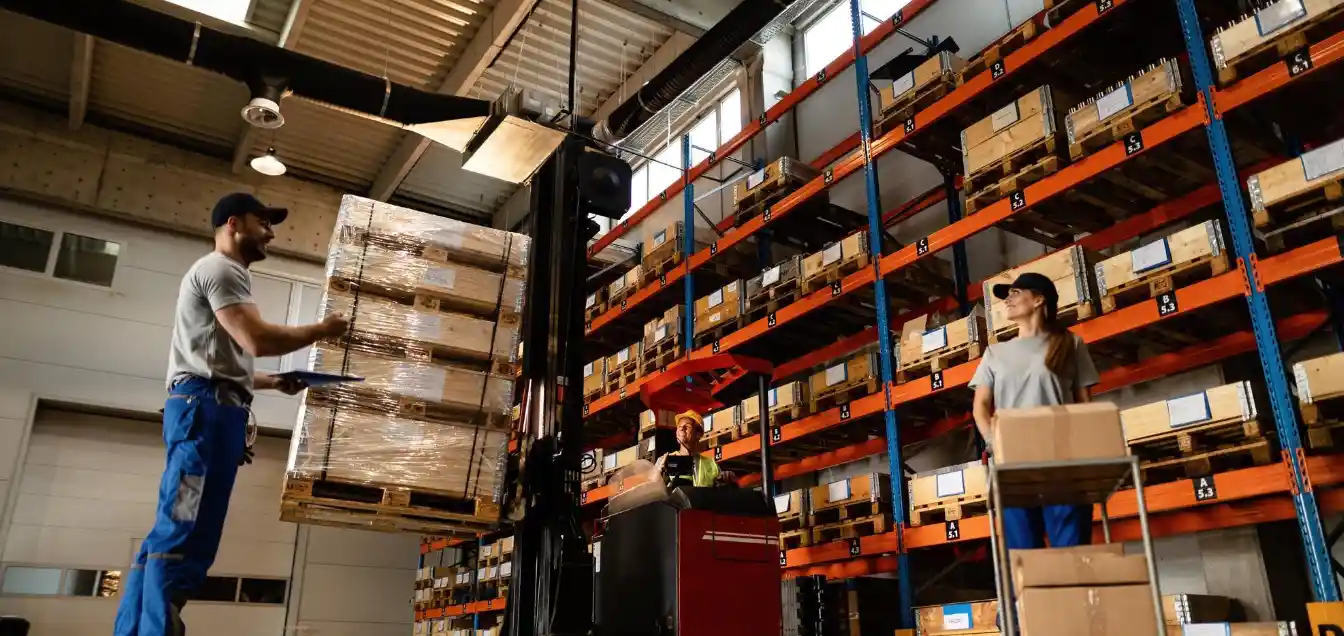
- DelGate
- 3PL Central
- FedEx Fulfillment
- Amazon FBA
- Radial

